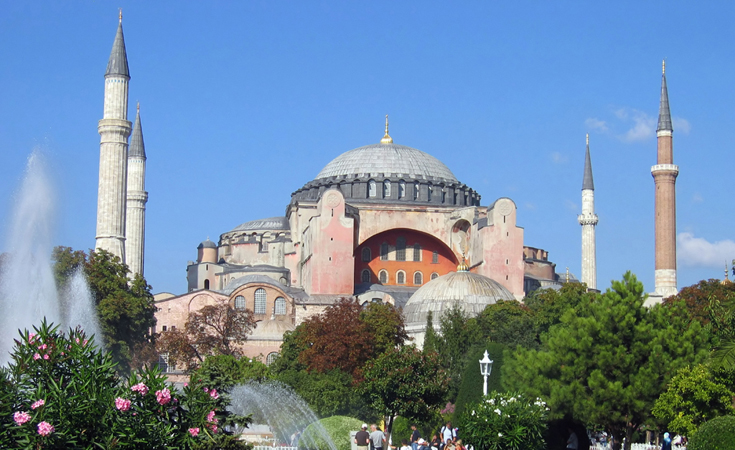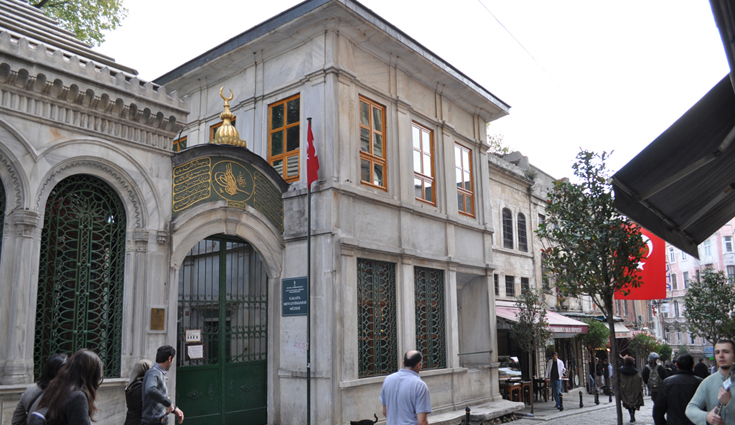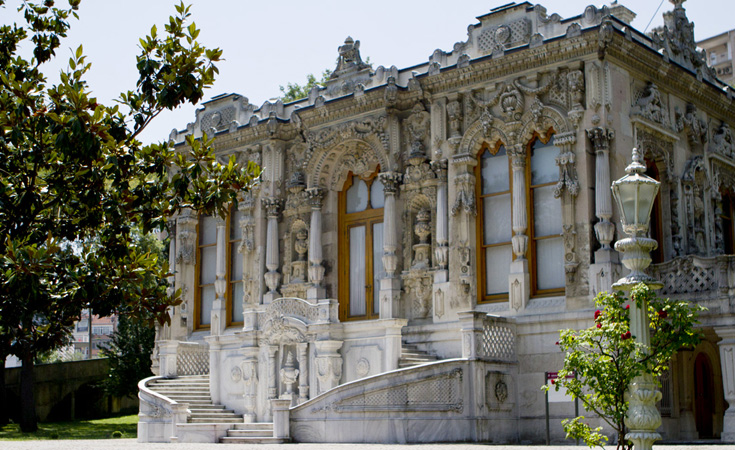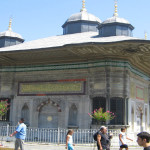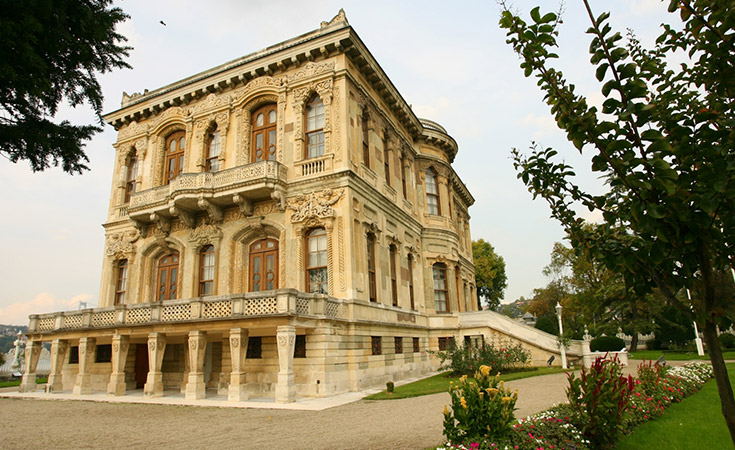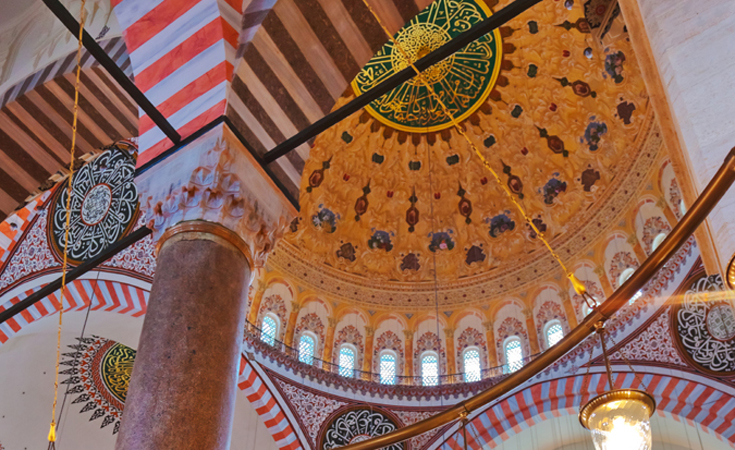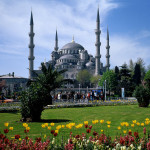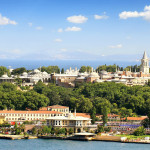ISTANBUL’S ZENITH WITH THE OTTOMANS
After its conquest in 1453, Istanbul was proclaimed the capital of the Ottoman Empire and remained its capital for another 450 years. On the fall of Constantinople, Mehmet the Conqueror immediately started to rejuvenate the city and the Ottomans quickly transformed the city from a Christian one to one reflecting Islamic culture. Churches were converted into mosques and many new mosques were built across the city. During the sultanate of Beyazit II, construction works became more widespread and new mosques, caravanserais, public baths (hamams), schools, Islamic-Ottoman social complexes and palaces were built. The city gained a new silhouette of minarets with the architectural masterpieces of Mimar Sinan, the chief architect of the empire.
In 1517, the Ottoman Dynasty was proclaimed as the caliphate and it remained so for four hundred years. From 1520 to 1566, Istanbul achieved great artistic and architectural successes under the governance of Suleiman the Magnificent. The empire became adorned with iconic buildings designed by chief architect Mimar Sinan and the calligraphic arts, miniatures and ceramics were revived throughout Istanbul.
The Ottomans were respectful of religions and cultures other than Islam and successive sultans allowed Christian and Jewish communities to practice their religions in peace. The construction of churches and synagogues continued and with the Ottomans’ tolerant outlook other cultures thrived.
Istanbul witnessed many great epochs as well as troubles throughout its history. The city experienced much modernisation during the 18th century when Istanbul became connected to the European rail network, water networks were built and such innovations as telephone lines and trams were introduced.
Post World War I, the city experienced five years of captivity under Allied naval forces which anchored in the Bosphorus immediately after the Treaty of Mondros. As a result the Turkish nation made a struggle for independence under the leadership of Mustafa Kemal Atatürk, a successful bid that concluded with the Treaty of Lausanne and Istanbul regaining its liberty on 6 October 1923. However, Istanbul was no longer the capital of the country after the proclamation of the Republic when Ankara replaced it. To this day Istanbul is still regarded as Turkey’s cultural and economic powerhouse and so in many ways this fabled city.













